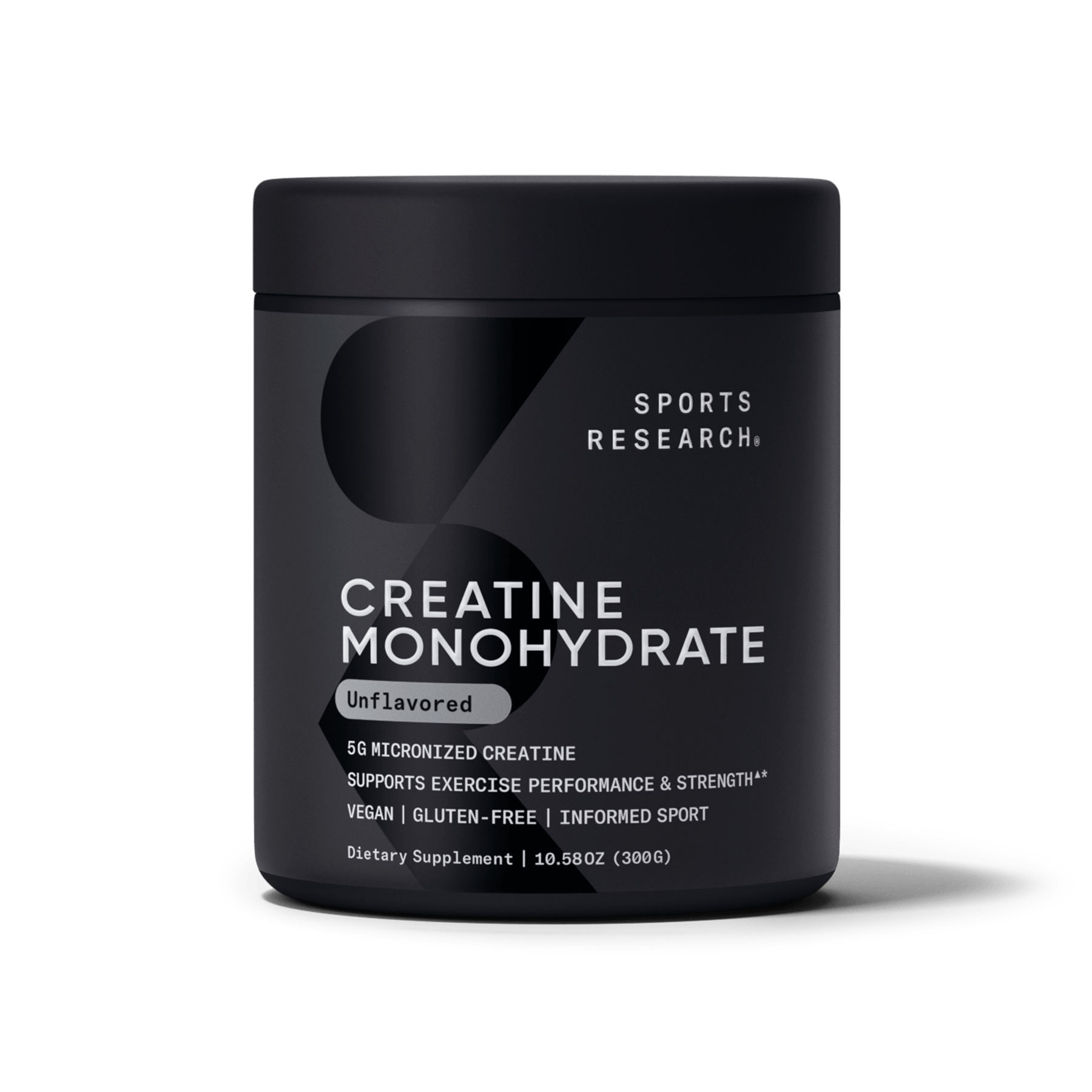Should you drink according a plan, or should you drink when you are thirsty? Do we trust our body’s intuition or do we override our instincts with a prescribed drinking schedule? This hydration quandary has sparked a fierce debate within the sports science community.
Here at GU, we believe that our thirst is not always a reliable way to gauge proper hydration during exercise, and we found a recent study that advocates for drinking early and often to achieve optimal performance.
You can find the abstract here, but the cyclists in the study who followed a prescribed hydration plan saw the following benefits:
- They lost less bodyweight from dehydration
- They cycled 5% faster during the final hill climb of a 30k time-trial
- They produced more power in the final 3k of the test
- They had lower body temperatures after the test
In short, drinking according to a plan resulted in higher cycling speeds, greater power output, and a faster finish time. We like the sound of that!
But why does drinking more improve performance?
When you lose body fluids during exercise (through sweat, respiration, etc.), your blood plasma volume decreases. Thicker blood is harder for the heart to pump, which leads to two things: reduced blood flow to your working muscles and less heat released through your skin. Dehydration can result in lower cardiac output, less blood flow to your skin, and decreased sweat production, all of which contribute to a rise in core body temperature!
As you might guess, exercising in the heat exacerbates dehydration, which puts even more strain on your body. Hotter temperatures can even shift your body’s fuel preference to burn more carbohydrates, leading to early fatigue if muscle glycogen stores become depleted.
These negative effects can be triggered by as little as 1-2% body weight loss! To make matters worse, exercise also feels harder when you’re dehydrated, as cognition and mood can be negatively affected by even a modest amount of dehydration.
How to hydrate
- Drink early and often. Start your workout well hydrated by drinking 1/10th your bodyweight in fluid ounces 4 hours prior to starting.
- During your workout, plan to drink every 15-20 min. If you feel fluids sloshing in your stomach, back off a bit.
- If you’re a heavy or salty sweater, if the ambient conditions are hot/humid/dry/windy, or if you are training at altitude, then you need to drink more.
- Practice your drinking strategy and find out what works best for you.
- While it may not be practical to replace all the fluids you lose during exercise, be sure to rehydrate sufficiently after you’re done by consuming 20-24 oz for every pound of bodyweight lost.

Here’s an easy trick to determine whether or not you are drinking enough by calculating your sweat rate is:
- Weigh yourself before you exercise
- Weigh yourself after 1 hour of exercise (towel off any sweat first)
- Record how much you drank during your workout
- Calculate your hourly sweat rate with this formula:





